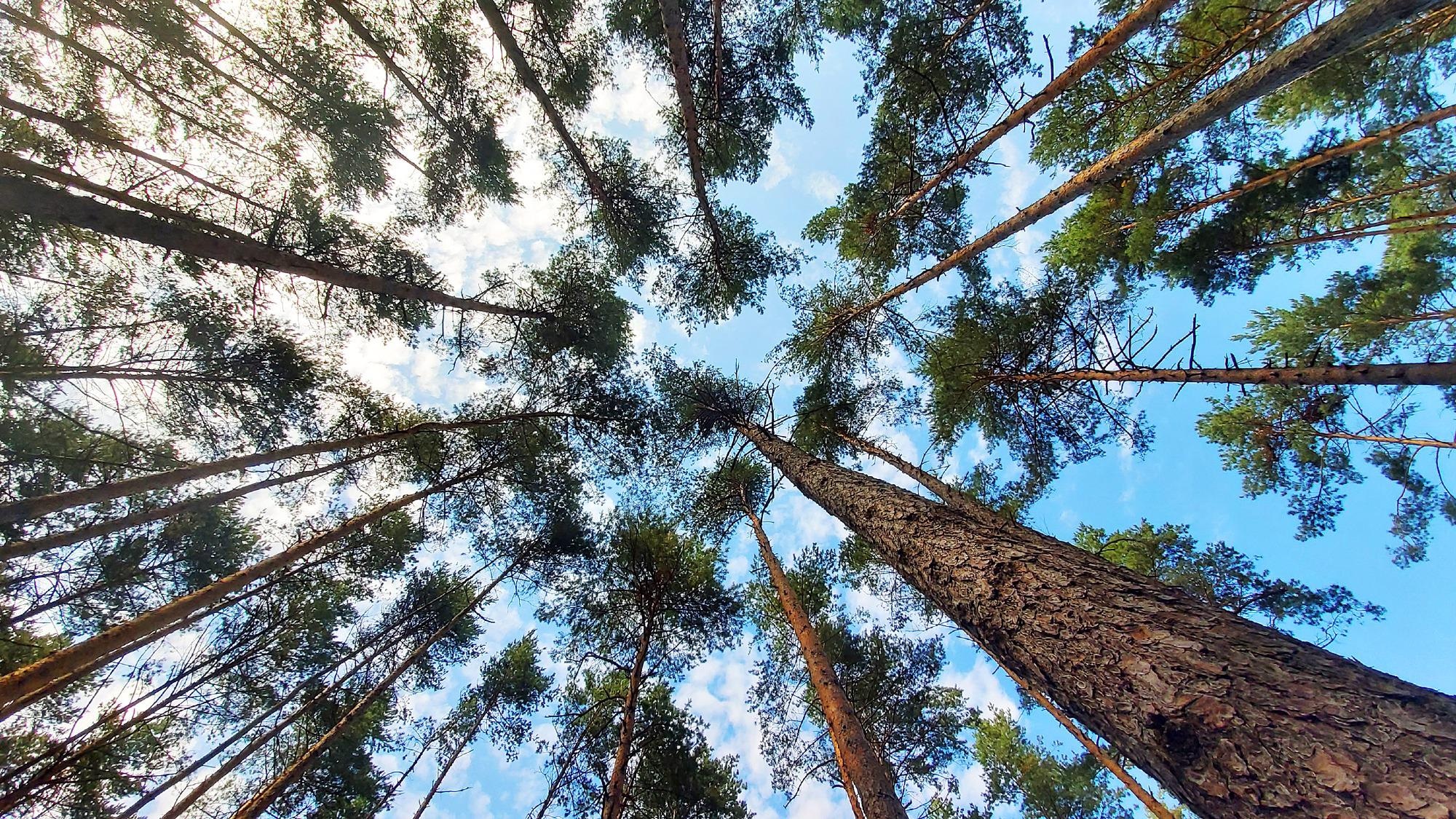Reviewed by Alex SmithApr 7 2022
A significant milestone has been reached by NASA’s GEDI mission with the liberation of its latest data product. This offers the first near-global evaluation of aboveground forest biomass and the amount of carbon it stores—thereby filling a main gap in climate research.

Image Credit: Shutterstock.com/Kletr
The information allows research into how Earth’s forests are altering, what role is played by them in reducing climate change, as well as the regional and global impacts of planting and cutting down trees.
With the availability of the new data product from GEDI, the Global Ecosystem Dynamics Investigation, it is possible for ecosystem and climate researchers to quickly locate their fields of interest and learn about forest structure and carbon content with higher accuracy compared to the past.
The new biomass product release available in GEDI is within a one-year mission extension and constitutes the culmination of crucial progress in spaceborne lidar (a kind of laser) research.
Counting Carbon in Earth’s Forests
GEDI, a high-resolution lidar instrument, is particularly designed to quantify vegetation. From its vantage point aboard the International Space Station, GEDI quickly bounces laser pulses away from the trees and shrubs below to make elaborate 3D maps of land formations and forests.
The consequent data product, which has been processed and gridded at a 1 km (0.39-square mile) resolution, enables scientists to study questions regarding carbon content, forest ecosystems, climate change and animal habitats.
In its initial three years in orbit, GEDI has caught billions of measurements between 51.6° north and south latitudes (around the latitudes of London and the Falkland Islands, respectively).
The new data product integrates data from GEDI with airborne and ground-based lidars to build a global biomass map that discloses the amount of vegetation contained in a region.
One big area of uncertainty is that we don’t know how much carbon is stored in the Earth’s forests.
Ralph Dubayah, Professor, Geographical Sciences, University of Maryland
Ralph Dubayah is GEDI’s Principal Investigator.
Trees draw carbon from the air to fuel their growth. However, there is a need for researchers to know how much carbon forests store so they could forecast how much will be released by wildfires or deforestation. Around half of the plant, biomass is made of carbon.
The latest product of GEDI is not the first worldwide biomass product, but it is the first to comprise well-described uncertainty for its estimates with the help of advanced statistical models. Also, this implies that GEDI’s biomass estimates come with a sense of how precise those measurements are.
That is, for each 1-kilometer estimate of average biomass, the mission knows how confident that estimate is.
Ralph Dubayah, Professor, Geographical Sciences, University of Maryland
The GEDI team has made a comparison of their outcomes to forest inventories from the Food and Agriculture Organization of the United Nations and US Forest Service Forest Inventory and Analysis data. From that, the research group has discovered that GEDI’s biomass estimates compared favorably to both. Cases where the GEDI product varied from the inventories emphasize chances for additional study and calibration.
We can apply this framework to estimate biomass for entire countries – for example, many countries in the pan-tropical regions don’t have national forest inventories. Now we have the means to provide an estimate of aboveground biomass with known uncertainty that can be used to support climate reporting and a broad range of applications.
John Armston, Associate Research Professor, University of Maryland
John Armston is GEDI’s Lead for Validation and Calibration.
Armston stated that in several countries of the world, there is a big interest in utilizing GEDI to analyze forest and woodland definitions for carbon monitoring, but also to describe ecosystem structure for biodiversity evaluations.
Amston stated, “Resolving the structure of different forest and woodland ecosystems with much more certainty will benefit, not only carbon stock estimation, but also our understanding of their ecological condition and the impact of different land management practices.”
Laying a Foundation for Future Missions
The research group will continue to improve its biomass estimates getting ahead, and has prolonged the mission to January 2023, thereby offering time to gather even more data. Besides, the International Space Station recently adapted its orbit from 262 miles (421 km) above Earth’s surface to nearly 258 miles (417 km).
The lower orbit will enable GEDI to have more even coverage, implying fewer gaps in its data from east to west, thereby providing the mission a more complete view of the temperate and tropical forests of the Earth.
“With GEDI being able to collect data all the way to 2023, we’re getting closer to collecting data at the same time as the next generation of lidar and radar missions – like NISAR (NASA-ISRO SAR, launching in 2024). Eventually, the best products won’t just be based on GEDI, but on a combination of satellite data sources,” stated Laura Duncanson, an assistant professor at the University of Maryland and one of GEDI’s research scientists.
Meet GEDI! The Global Ecosystem Dynamics Investigation Sensor Aboard the ISS
The Global Ecosystem Dynamics Investigation (GEDI) is a full-waveform lidar instrument that produces detailed observations of the three-dimensional structure of the Earth’s surface. GEDI precisely measures forest canopy height, canopy vertical structure, and surface elevation which enhances our understanding of global carbon and water cycle processes, biodiversity, and habitat. Video Credit: NASA